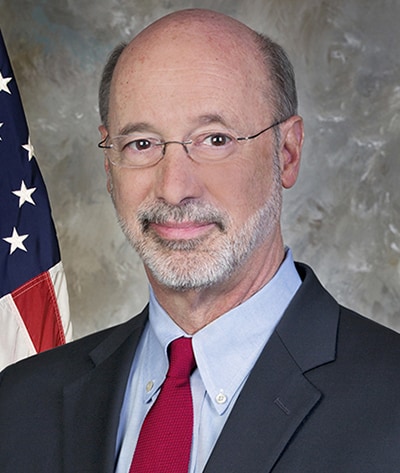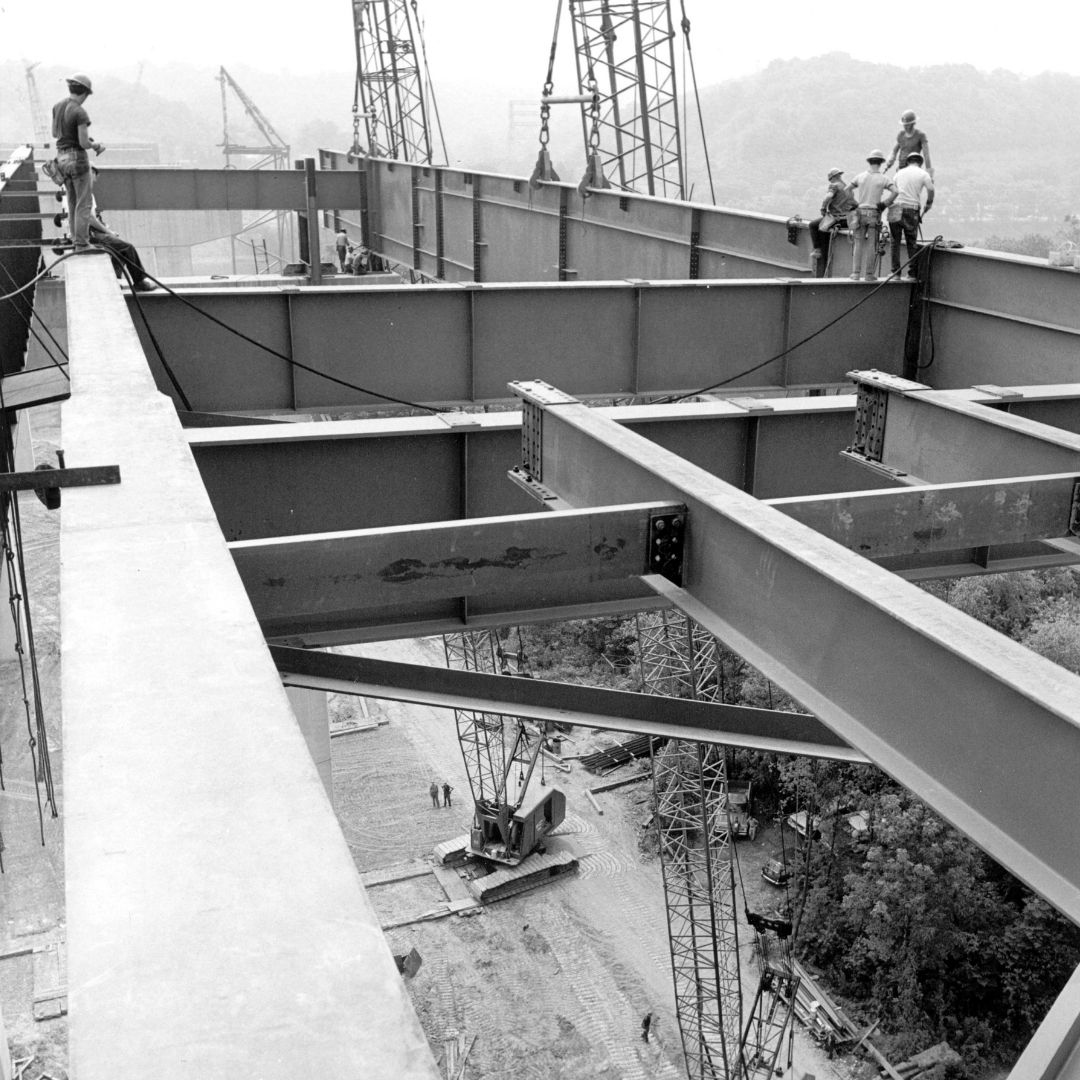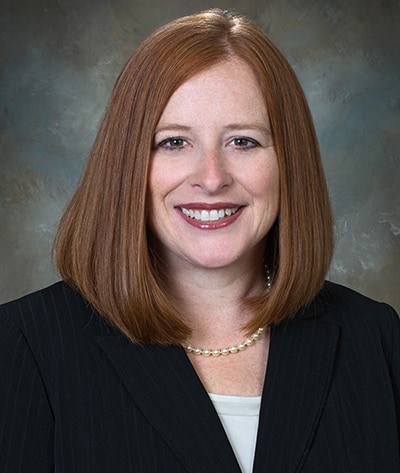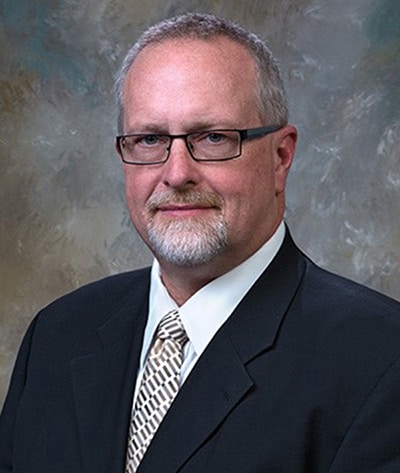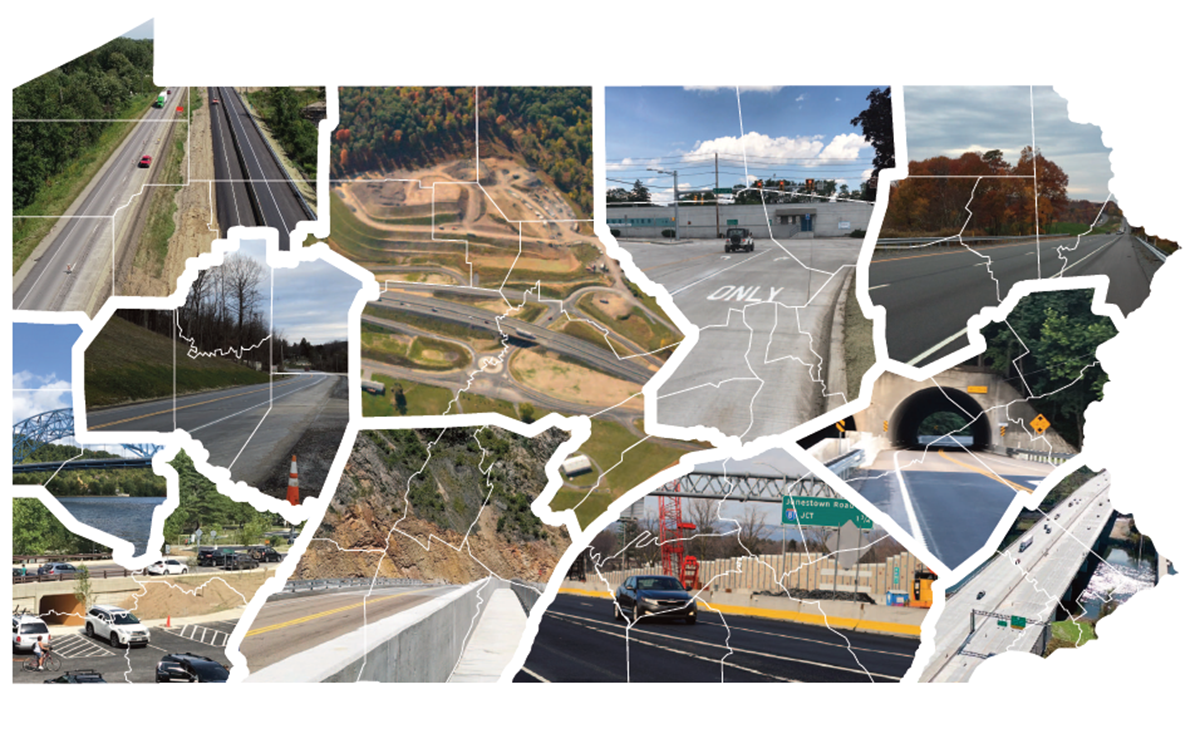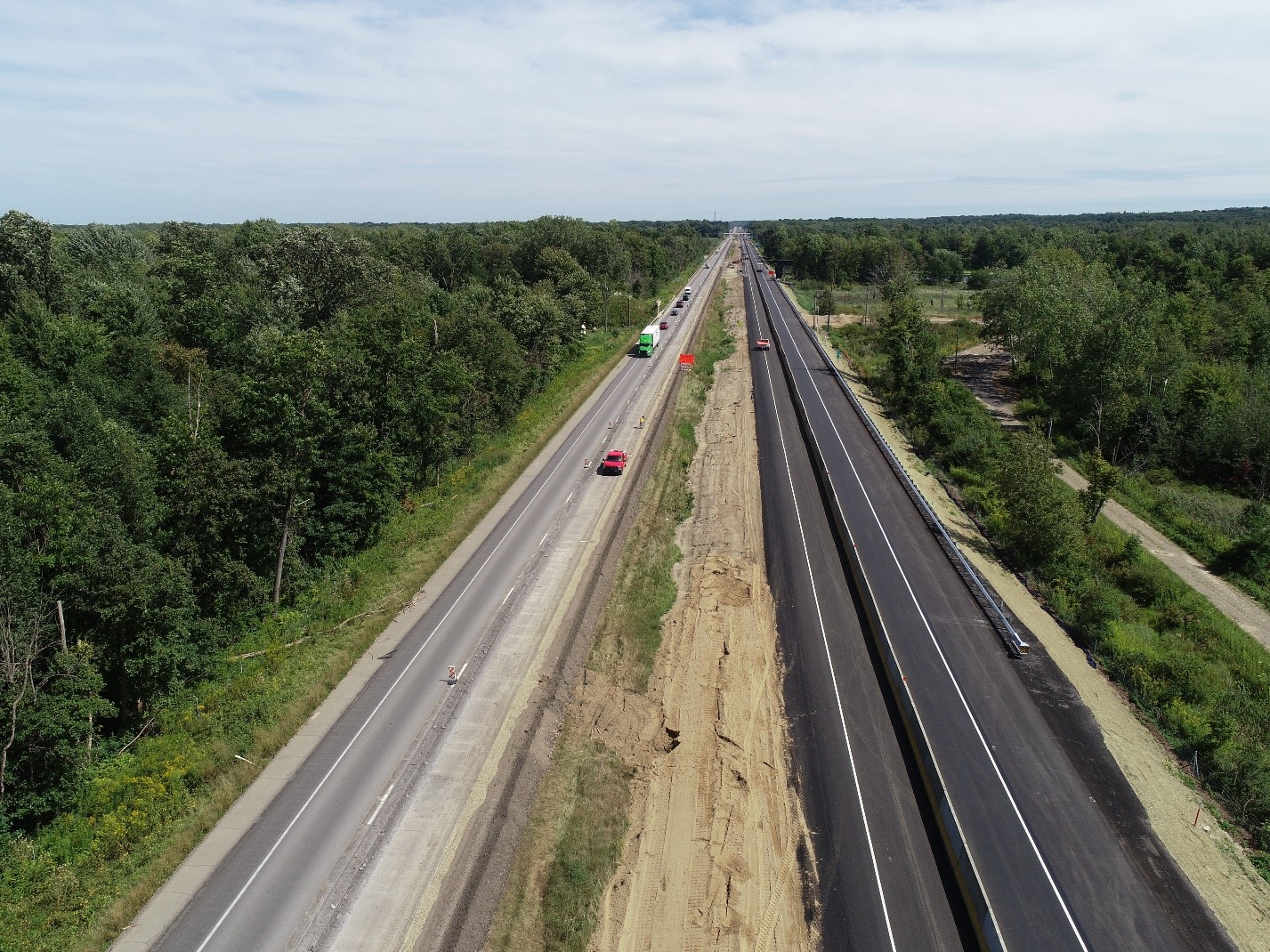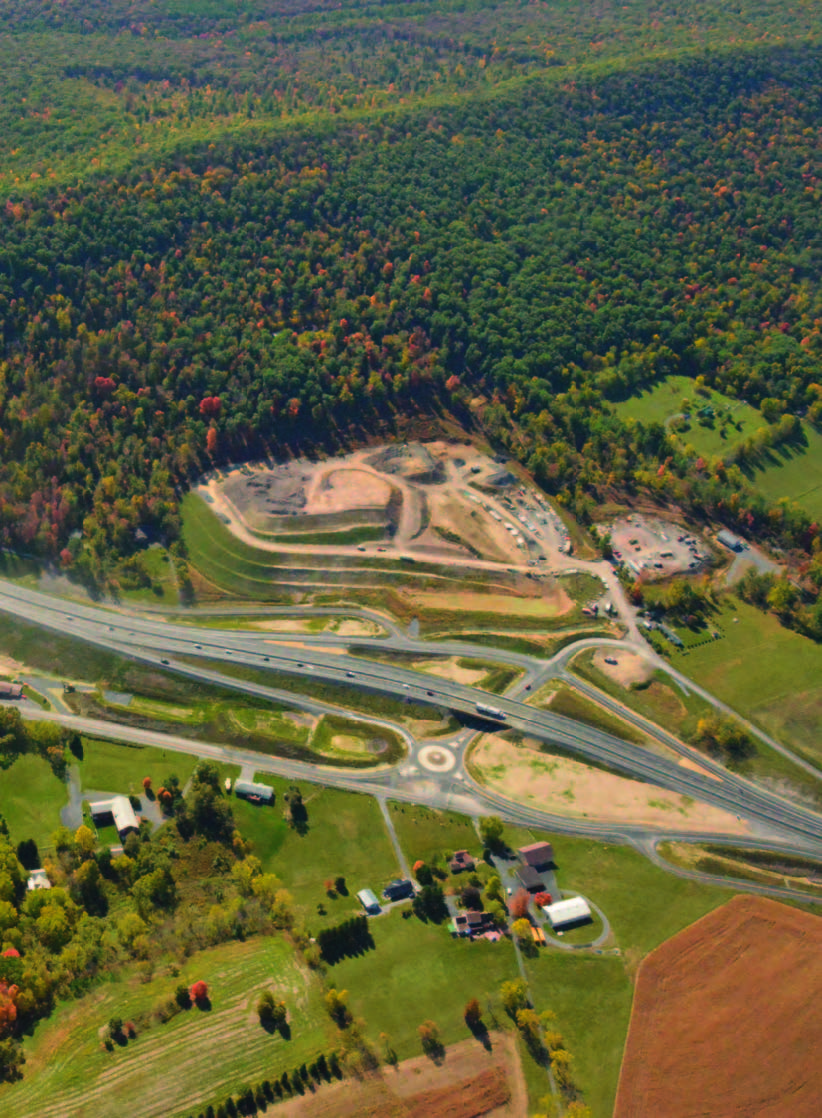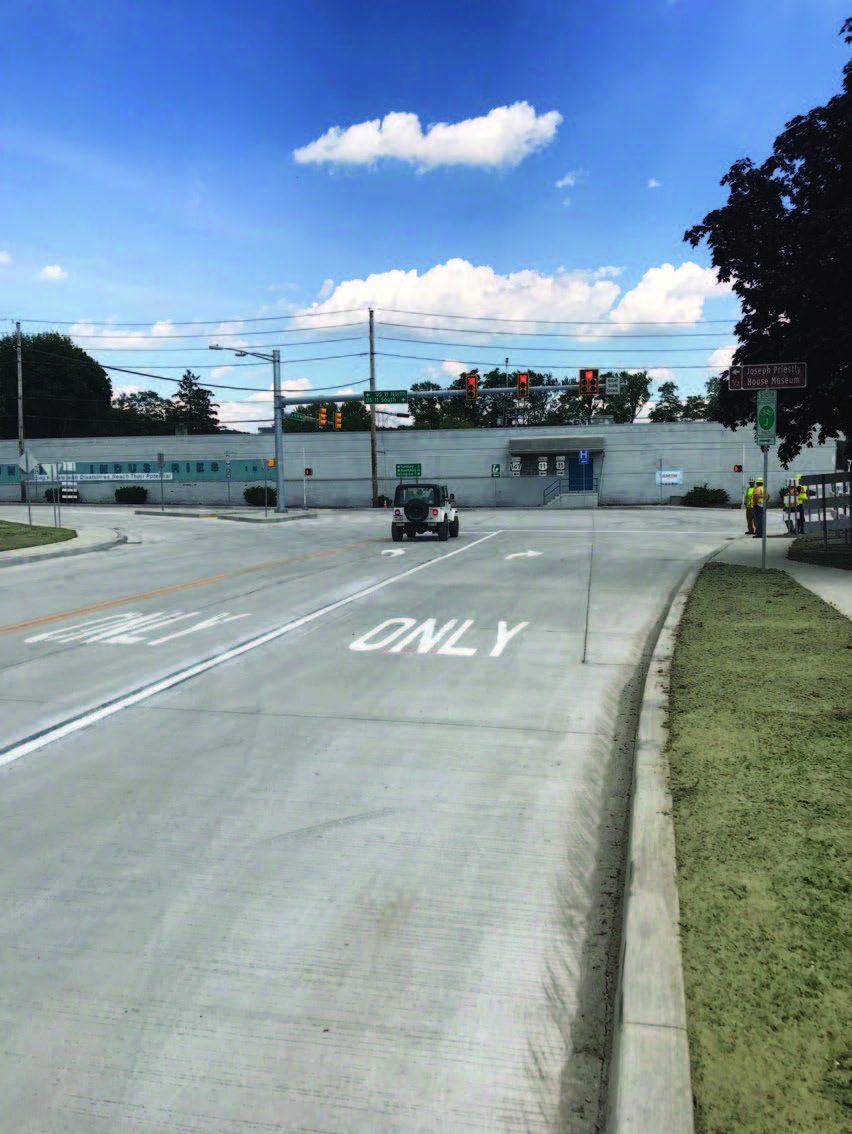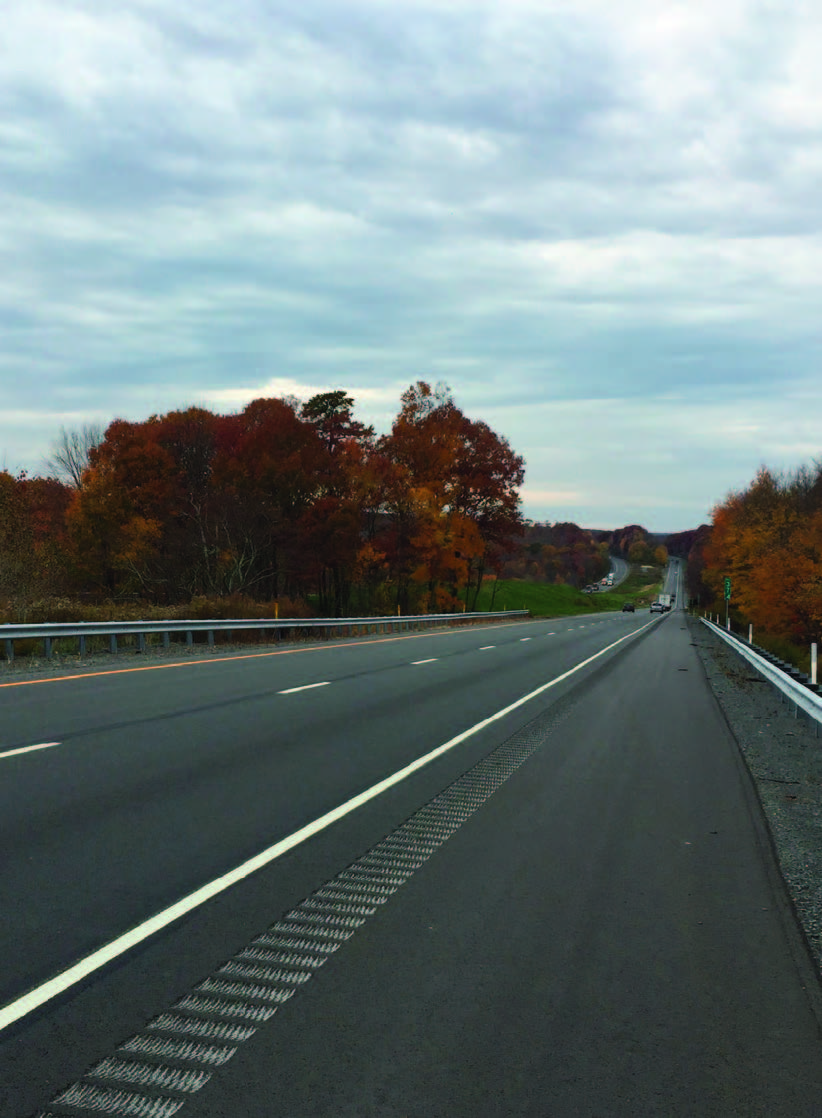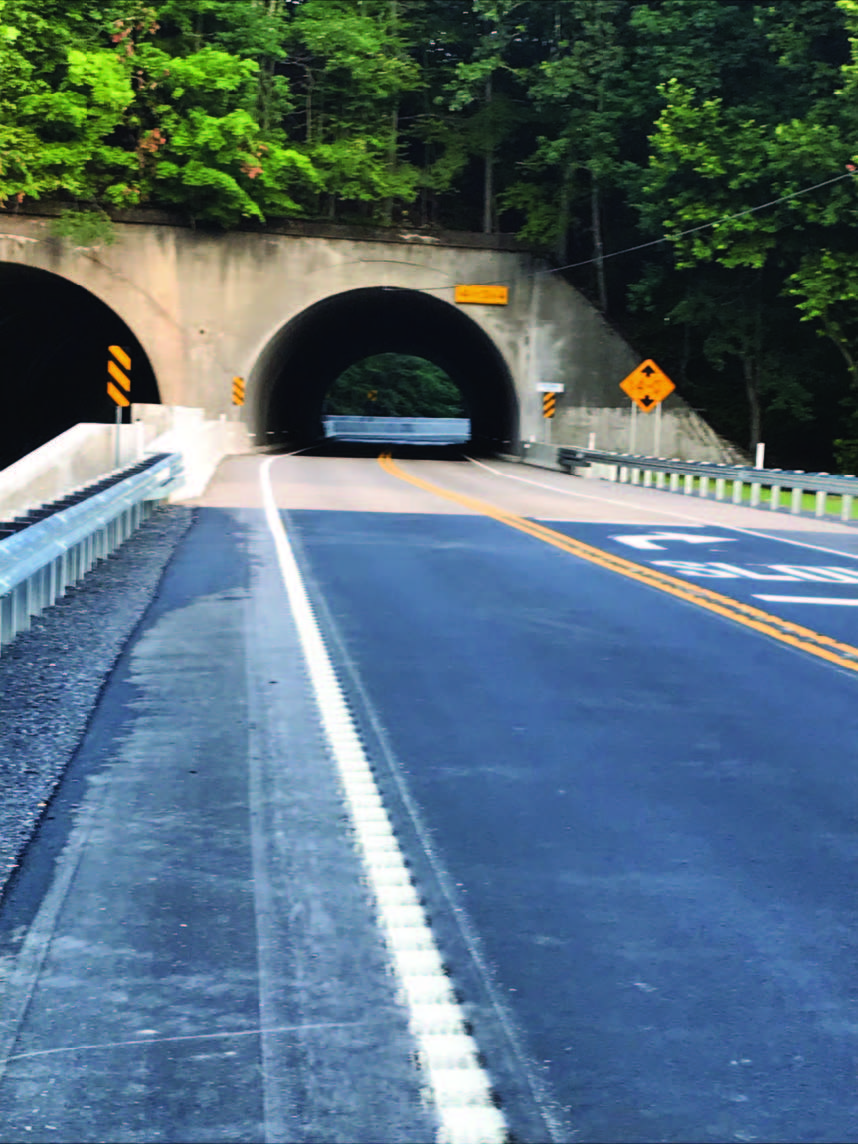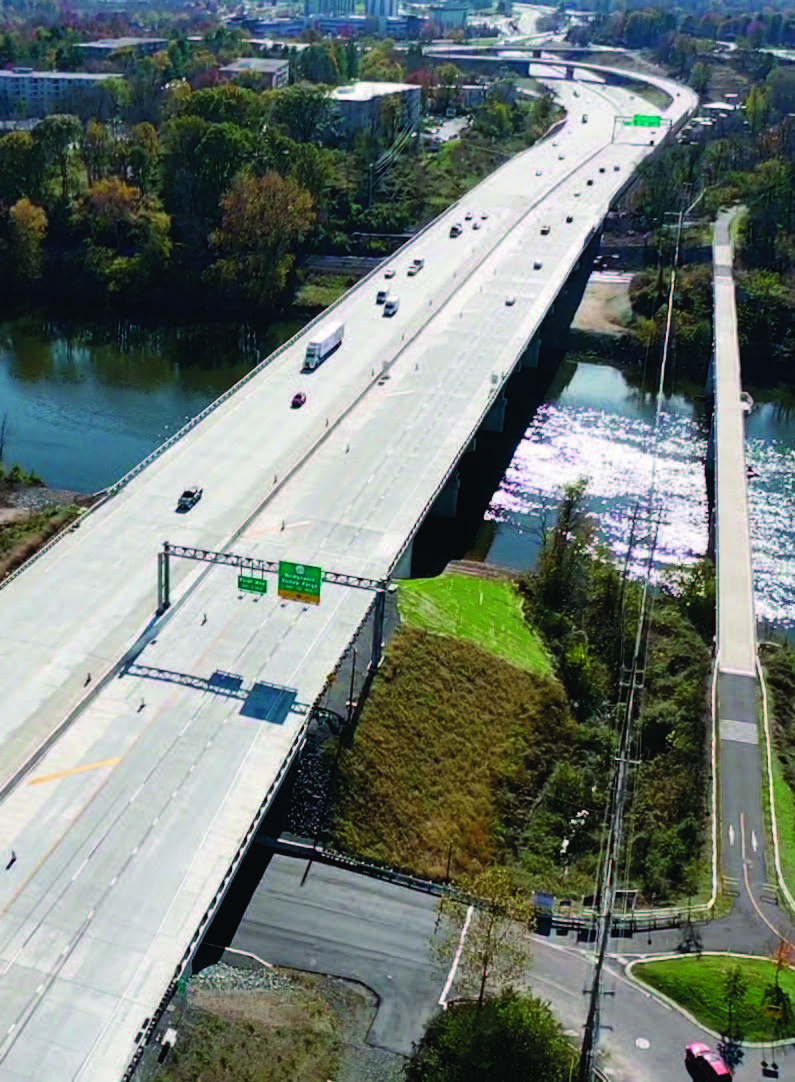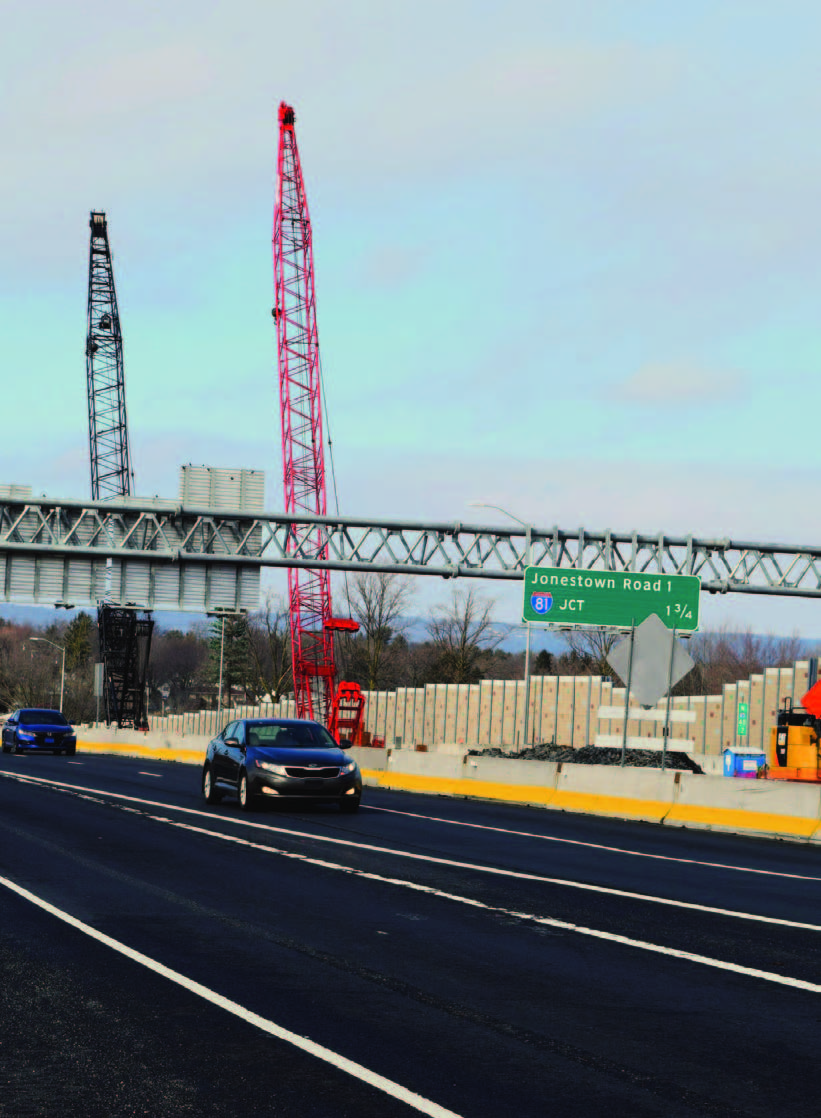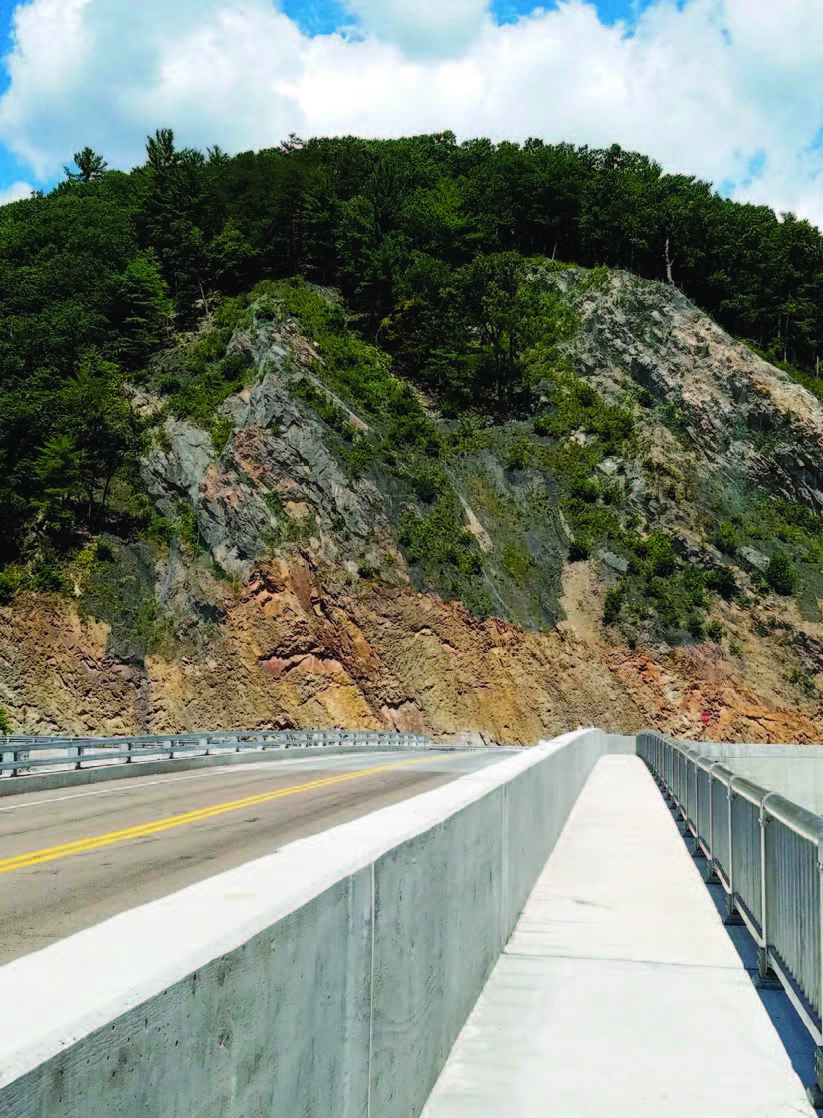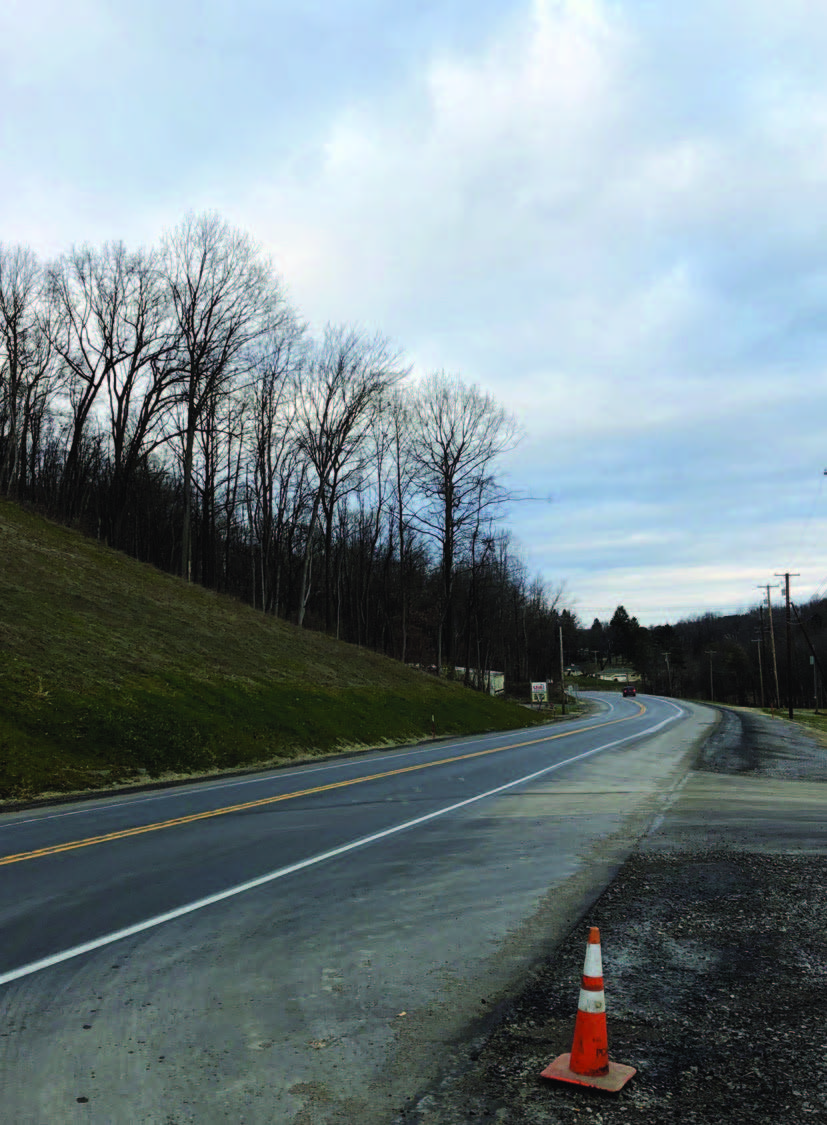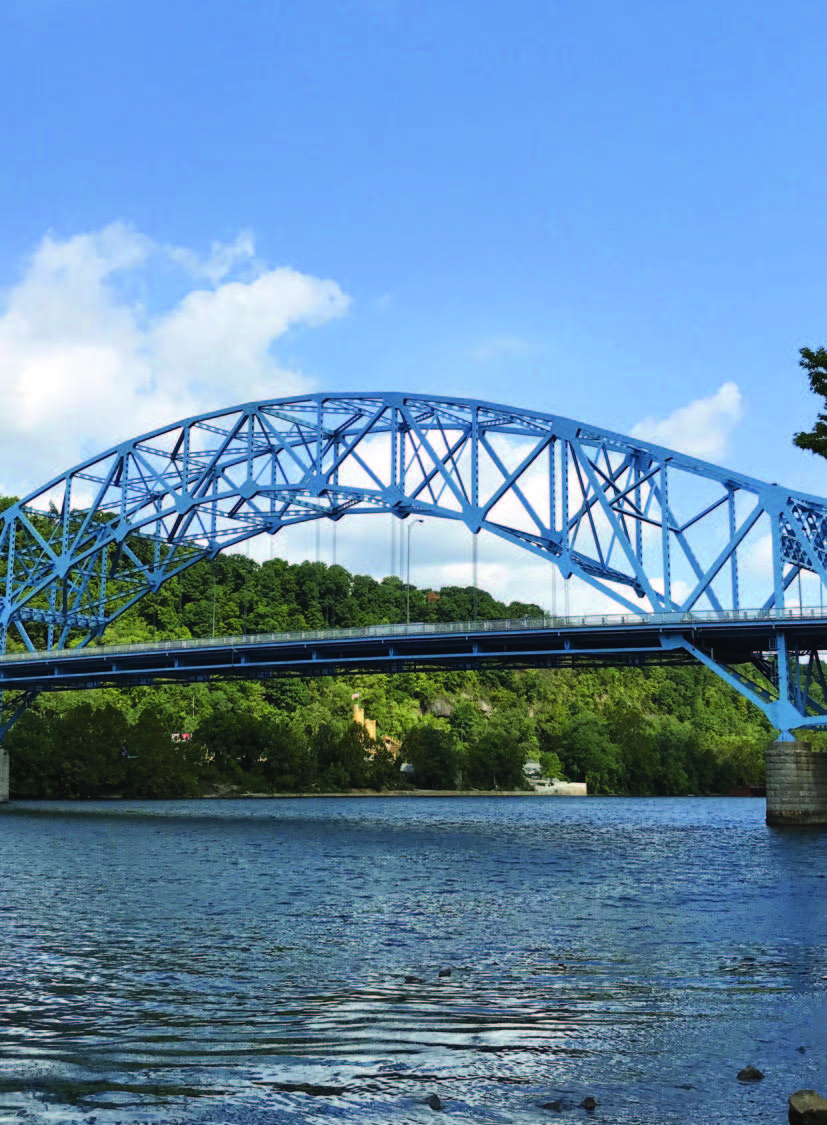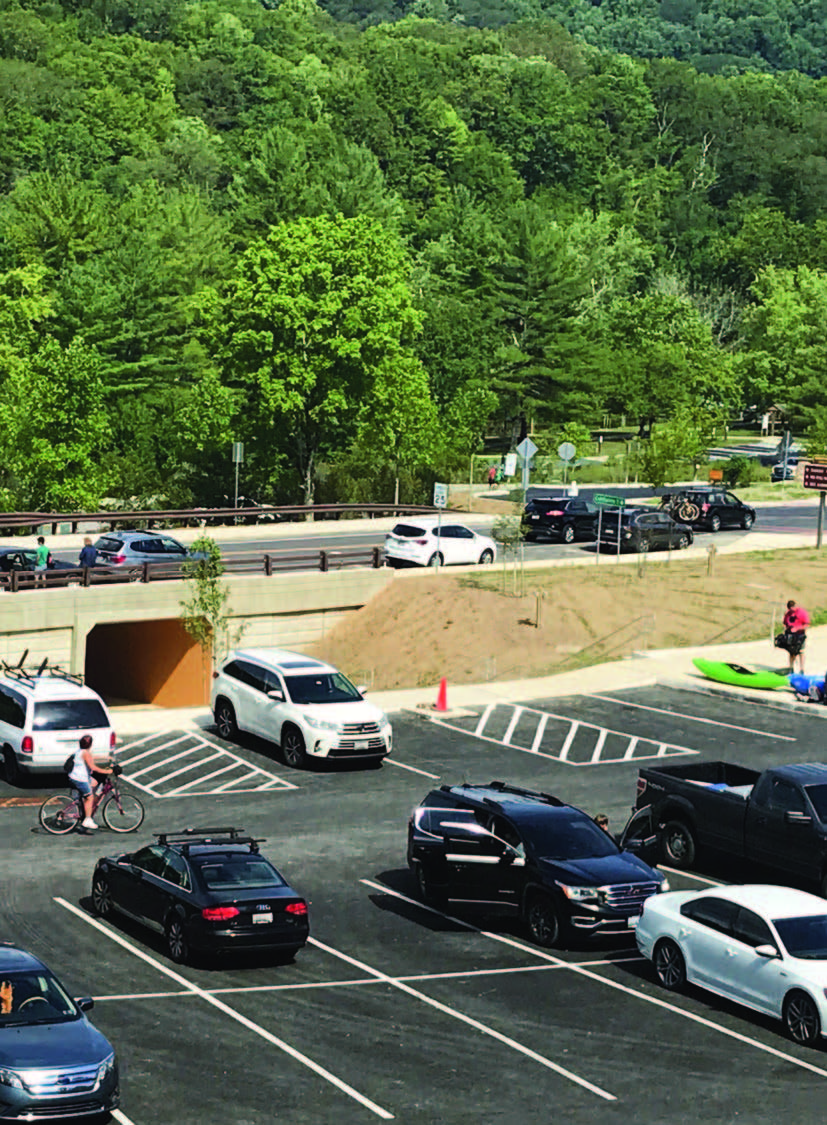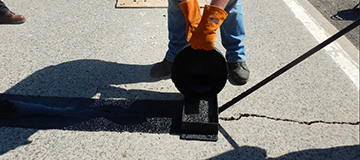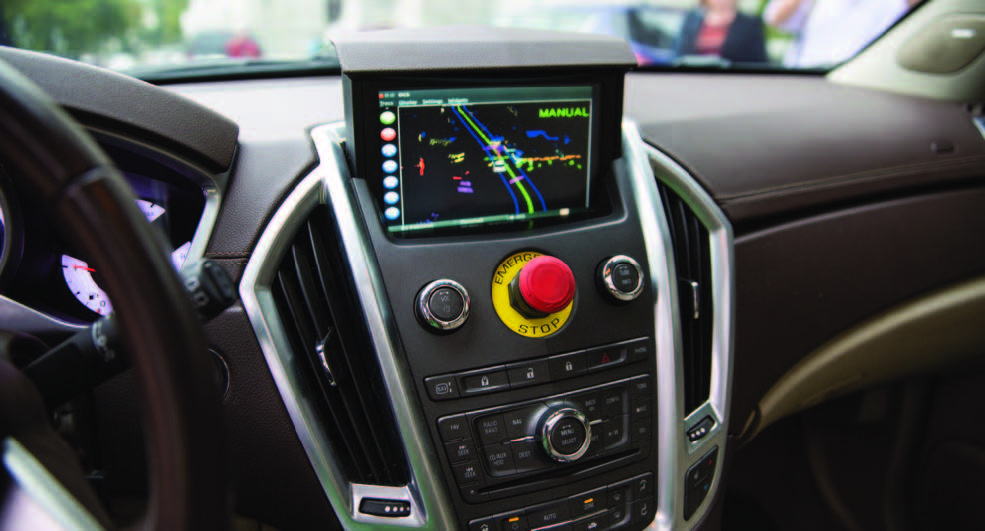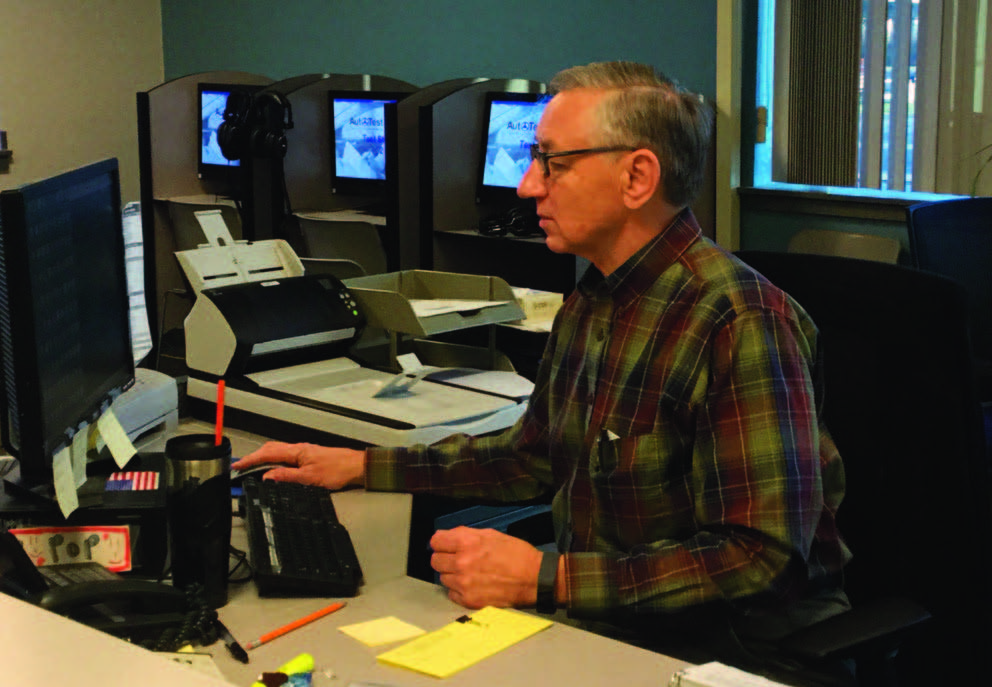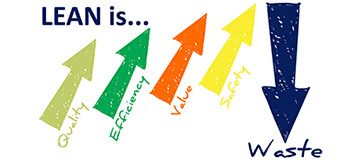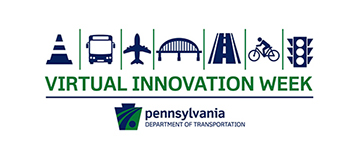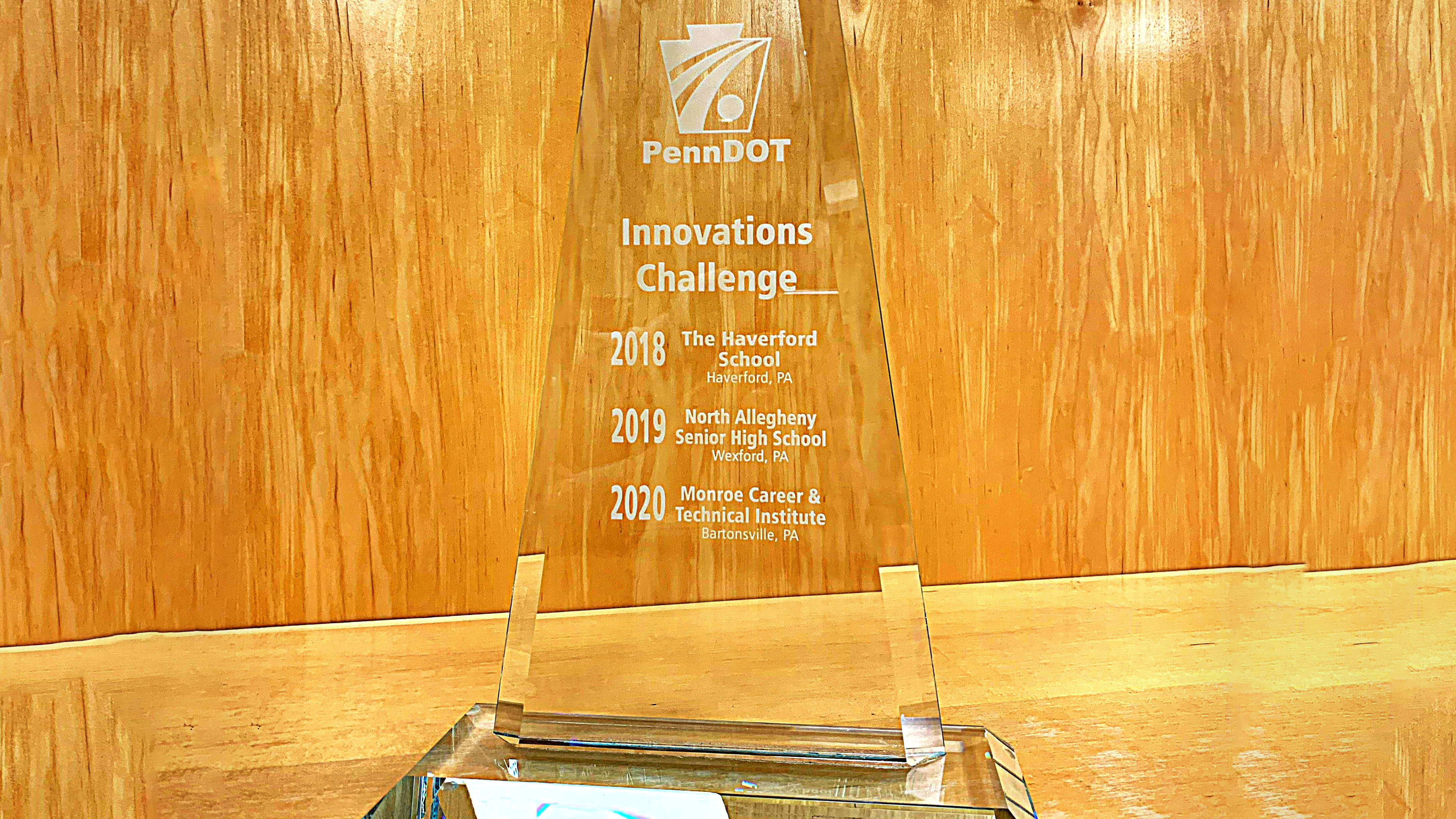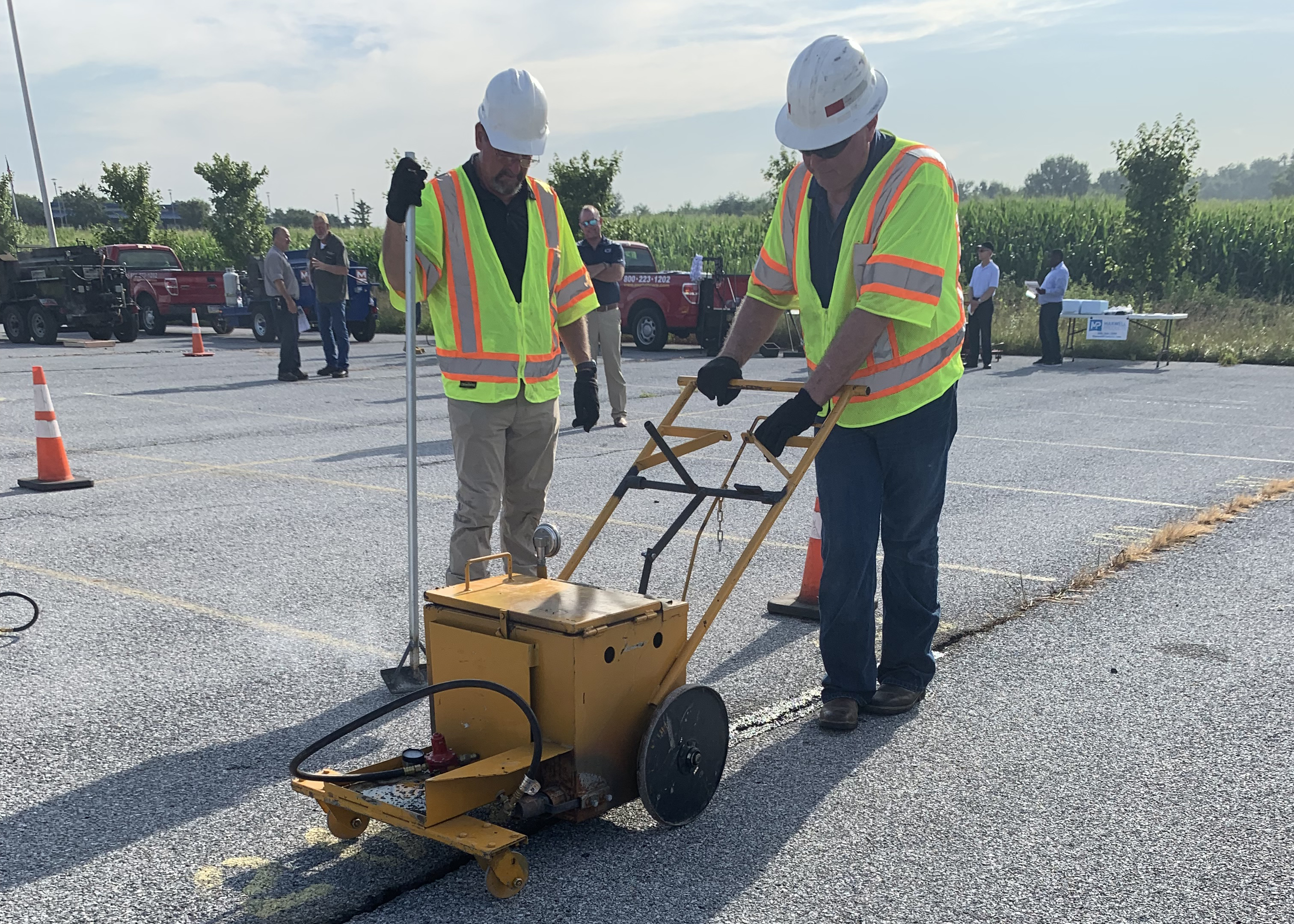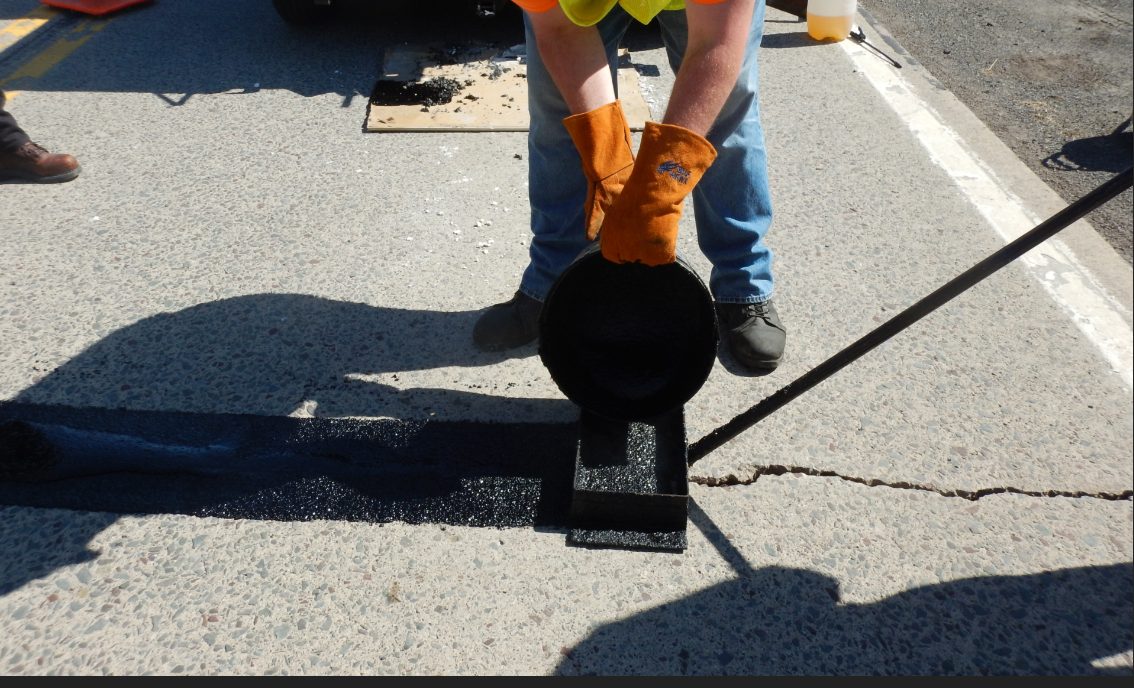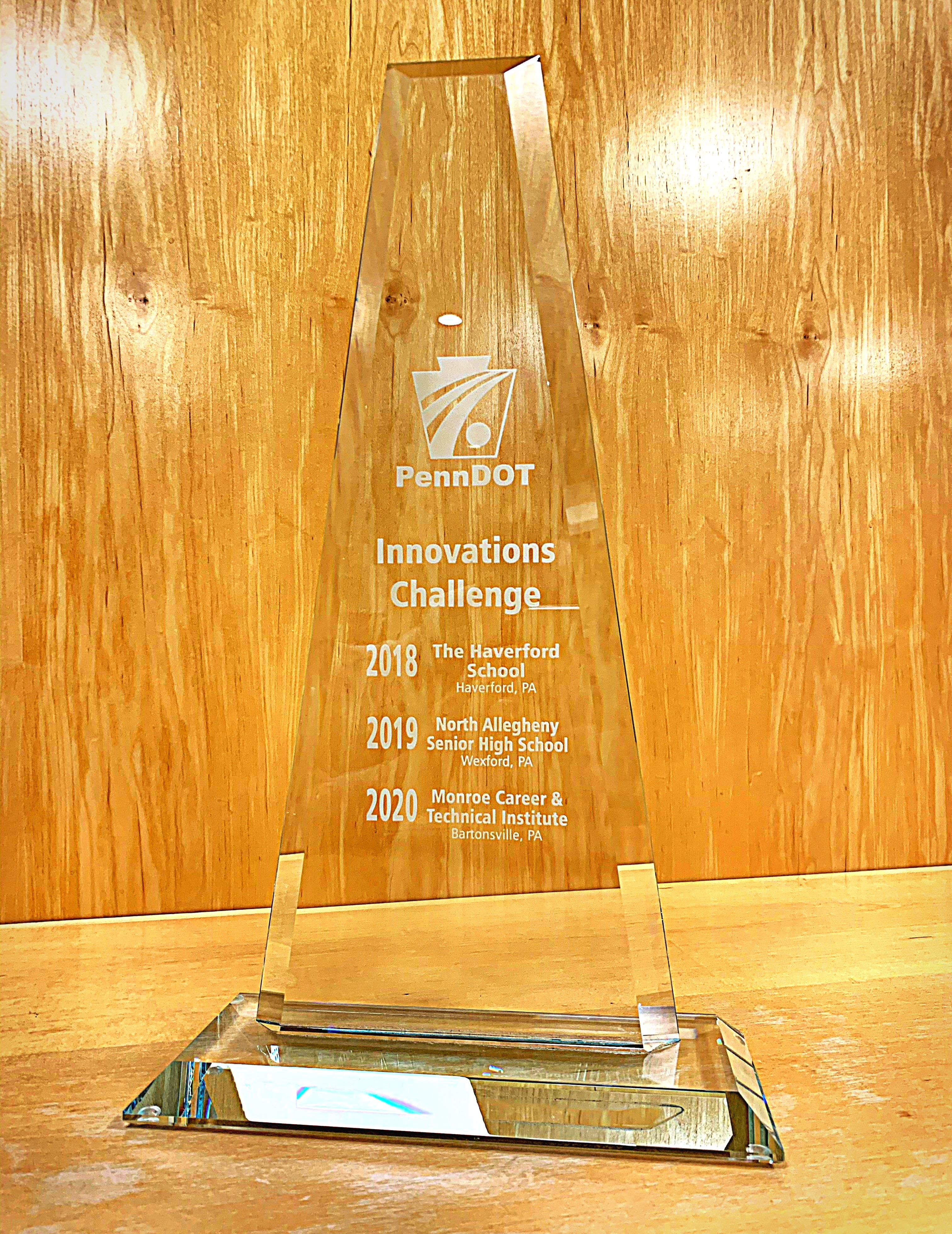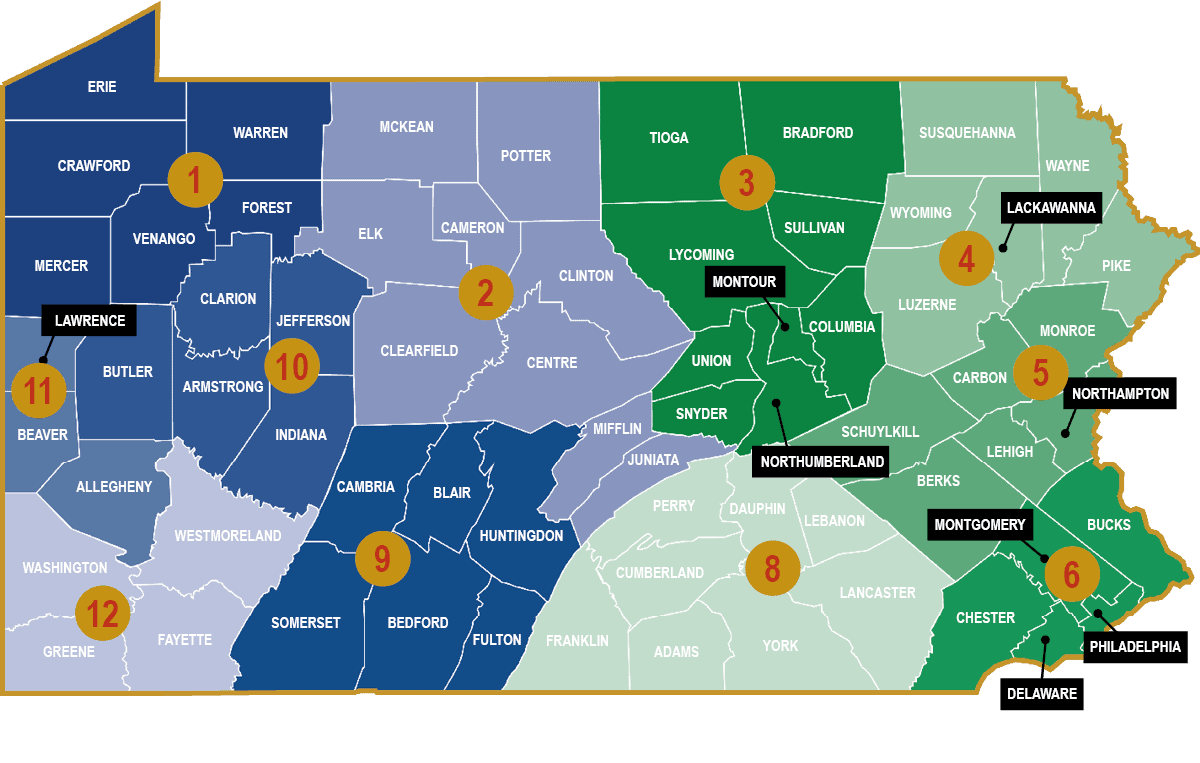In July 2020, PennDOT began observing its 50-year anniversary. This yearlong celebration — 50 Years of Building Communities — highlights decades of milestones in the organization and the state's transportation system. Visit www.penndot.gov/50years to see these stories.
Our History
The Pennsylvania Department of Transportation was created from the former Department of Highways by Act 120, approved by the legislature on May 6, 1970. The legislation consolidated Department of Highways, Bureau of Motor Vehicles and Traffic Safety, Mass Transit Division, Aeronautics Commission, and the Department of Revenue, which oversaw licensing, registration and inspection of motor vehicles.
The immediate challenge was to consolidate programs from a half dozen agencies into a single PennDOT team. Having developed a high level of engineering expertise, PennDOT continued to move aggressively in the early 1970s to advance Interstate and other major highway projects. New programs to address the public transit, rail freight, aviation and waterway needs that set the stage for PennDOT's multimodal future were formed.
During the emergency disaster response to flooding from Hurricanes Agnes in 1972 and Eloise in 1975, PennDOT demonstrated its ability to manage through crisis conditions and to rely on dedicated maintenance workers to restore transportation services. This legacy of admirable performance in battling blizzards and floods, as reported in news articles from all regions of the state, has continued throughout the Department's 50-year history.
A recurring theme in PennDOT's history is the reality of limited resources to address the maintenance needs for Pennsylvania's extensive highway and bridge network. Many attempts to address shortages have been made but with the introduction of highly efficient and electric vehicles, the playing field is changing. One thing that hasn't changed in 50 years is PennDOT's commitment to innovation and persistent attention to productivity.
PennDOT's mission also includes non-highway modes of transportation. The Multimodal Deputate was established by Act 89 in 2013, to better organize those modes of transportation and establish a dedicated fund.
The Multimodal Deputate is responsible for all non-highway modes of transportation and freight movement, including Aviation, Public Transportation (local bus, intercity bus, passenger rail, and community/shared-ride transportation), Rail Freight, Ports and Waterways, Bike/Ped, and the new Multimodal Program. The administrative unit is responsible for budget, grant management, procurement, ECMS procurement and contract management, HR, travel, training, and more.
The dedicated Multimodal Transportation Fund stabilizes funding for ports and rail freight, increases aviation investments, establishes dedicated funding for bicycle and pedestrian improvements. A Bicycle and Pedestrian Checklist was created to ensure that appropriate multimodal features are considered during the planning and design process. Act 3 of 2012 advanced bicycle safety by passing the 4-foot law and more clearly defined the rights of the bicyclist while traveling on PA roads.
Driver and Vehicle Services (DVS) achieved significant efficiencies through merging of revenue collection into the registration and licensing process. In January 1993, the official transfer of responsibility for administering the Commonwealth's Driver License Examination Program from the Pennsylvania State Police to PennDOT. By 1995, as a result of all Driver License Centers being connected to a mainframe system, customers were able to leave with a product in hand.
DVS' involvement in safety initiatives and human services has been monumental. From specialty plates that raise money for charities, or plates that highlight the service of veterans, to motorcycle safety and organ donation, they support their customers in a variety of ways. Working efficiently, adapting to new legislation and customer needs is their daily challenge, while still providing funds to help meet PennDOT's needs.
As we've gone through this year many stories were shared by employees who were working at PennDOT during much of that 50-year period. Some of the stories along with a historical video series named "PennDOT Presents" can be found on the PennDOT YouTube channel. A timeline was created on the website that tells the PennDOT story since the early 1900s, and throughout the year, we've told our story on our social media platforms, newsletters and the blog.
